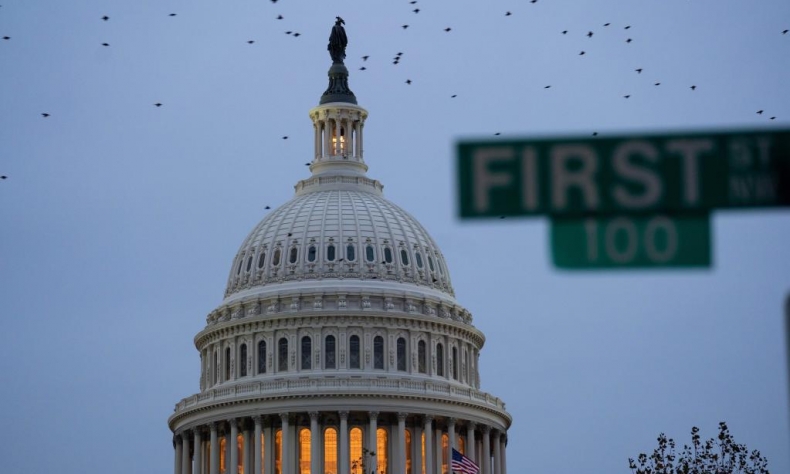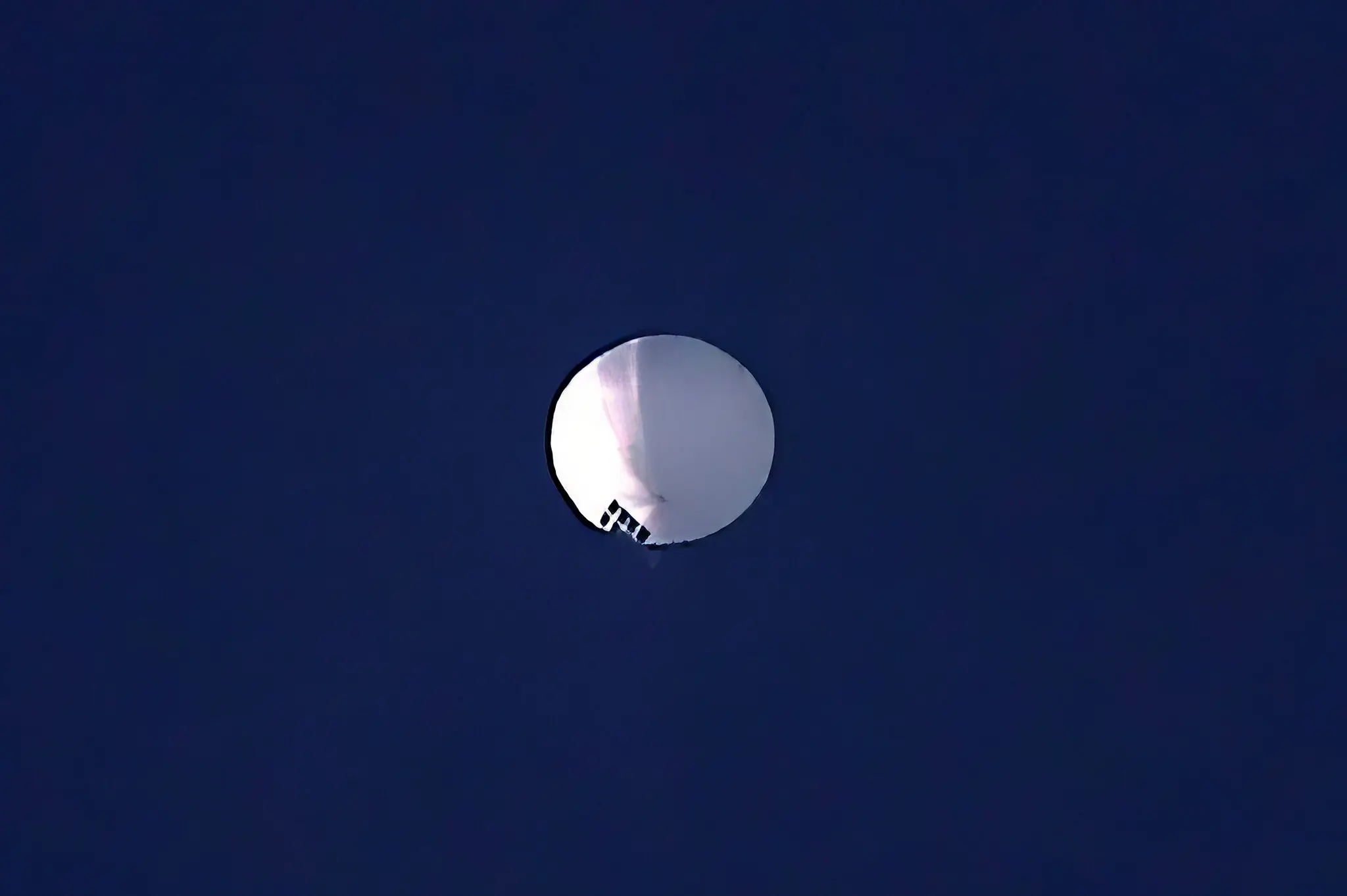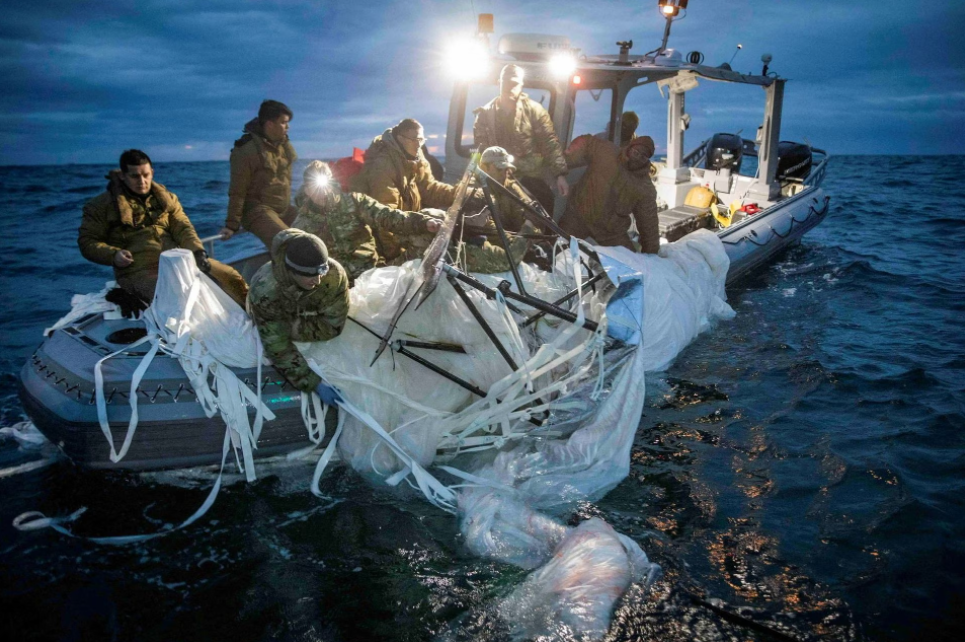Cold Water Thrown on All That Hot Air About Chinese Balloons

It is bad enough that the U.S. political elite and many of the country’s most respected news agencies now look like fools for banging that anti-China drum as it did.
Remember the rhetoric emanating throughout Washington over the last couple of weeks about the “spy” balloon? One U.S. politician after another seemed convinced — and without much evidence to support the contention — that the Chinese government was deliberately using balloons to gather communications about U.S. military intelligence. Those politicians were quick to tell President Joe Biden that he needed to show resolute toughness and ensure that the balloon was blown to smithereens because only then would China learn that flying “spy” balloons over the United States and North America would come with a price.
That balloon was shot out of the sky over the Atlantic Ocean on February 4.
It has taken a little more than a week to shoot down something else — the idea that the balloon was an intentional provocation from China. And this new information also makes it rather clear that the Chinese government had been telling the truth about why the balloon was where it was during the final few days of January and the initial days of February.
CNN reported on Wednesday that “U.S. intelligence officials are assessing the possibility that the suspected Chinese spy balloon was not deliberately maneuvered into the continental U.S. by the Chinese government and are examining whether it was diverted off course by strong winds.”

The report went a step further: It acknowledged that on February 3, the day before a U.S. military jet used missiles to destroy the balloon, the Chinese foreign ministry was telling the world that a powerful “westerly wind” meant the balloon had “seriously deviated from the scheduled route.” The foreign ministry then added it regretted that “the airship [had] strayed into the United States” and that “China will continue to maintain communication with the US to properly handle the unexpected situation.”
No American politician was willing to listen to what the Chinese foreign ministry was saying roughly two weeks ago. The reason is simple: Those politicians needed to maintain the narrative that China seeks to undermine U.S. hegemony around the world, and that the country is an immoral and dangerous actor on the global stage. We know that stories in major U.S. media that offer positive portrayals about China have about as much chance of being disseminated as that balloon had of maintaining its structural integrity once the U.S. military pilot had it lined up. Therefore, to play up the idea that China was telling the truth would be tantamount to being disloyal to U.S. and Western ideas about China.
It is bad enough that the U.S. political elite and many of the country’s most respected news agencies now look like fools for banging that anti-China drum as it did. It might be worse that there is evidence the U.S. government had been tracking the balloon since it left China in January. If that is the case, then credible information could — no, should — have been provided to the public that the balloon was in fact well off course. The national hysteria that was created over a balloon, something I wrote about for China Focus just last week, would have been avoided.

The words I wrote then take on a different meaning now: “The country that insists it is the undisputed world power, the country that has enough nuclear weapons to destroy the world many times over, the country that boasts of its exceptionalism spent days fearing a balloon.” There was no need to be afraid, but that storyline was not going to make headlines, generate conversation on talk shows and affirm that “China is the bogeyman.”
The New York Times noted earlier this week that “U.S. officials said in interviews that they began tracking the spy balloon as it lifted off from Hainan Island in southern China in late January.” But that admission has been lost amid questions about three other objects — and it is still not clear they were balloons — that were shot out of the sky over North America last weekend. Speculation continues to focus on just one idea: whether any or all of those objects were actually balloons launched from China.
In other words, sweep under the rug the evidence that validates the initial balloon was not intentionally flying over the United States and immediately emphasize information that could again point a finger of blame at China. The U.S. House of Representatives contributed to this you-cannot-trust-China theme earlier this week by approving a resolution that condemned “China for using a surveillance balloon over U.S. territory.” China quickly denounced the unnecessary action, noting that the “resolution is purely about malicious hype and political manipulation.”
Political manipulation. Two well-chosen words.
The American public is being bombarded by information — almost all of it with questionable veracity — that China is littering the skies with flying objects associated with nefarious goals. The hot air about balloons and even hotter air about China’s intentions should be cooled off, but political and media elites do not see any reason to do that.
The article reflects the author’s opinions, and not necessarily the views of China Focus.
 Facebook
Facebook
 Twitter
Twitter
 Linkedin
Linkedin
 Google +
Google +







